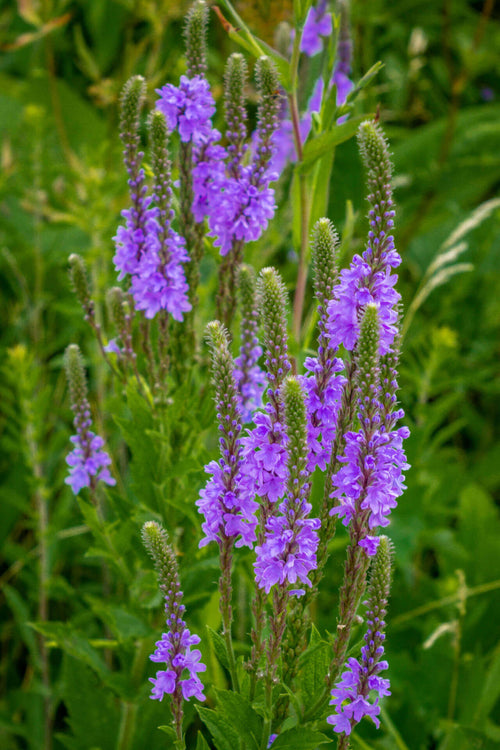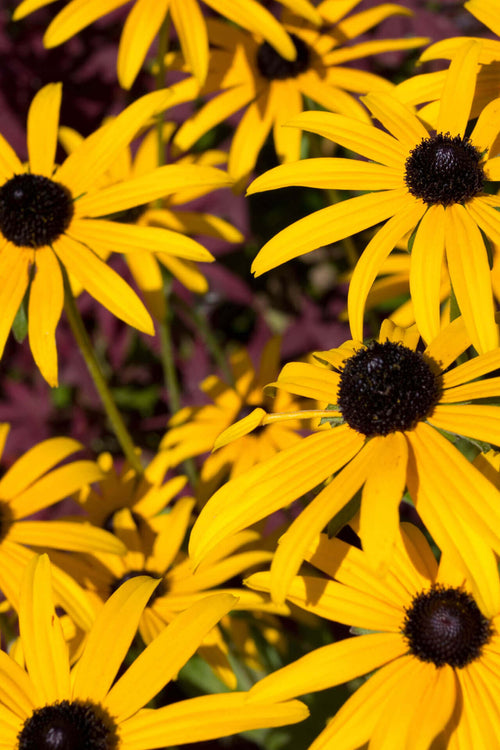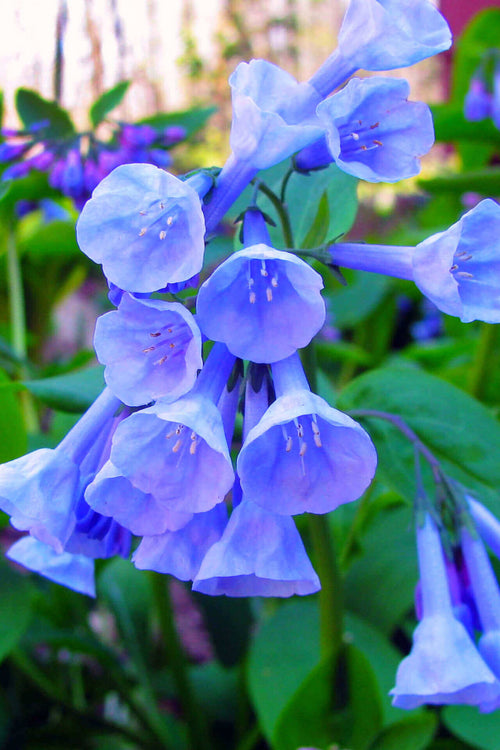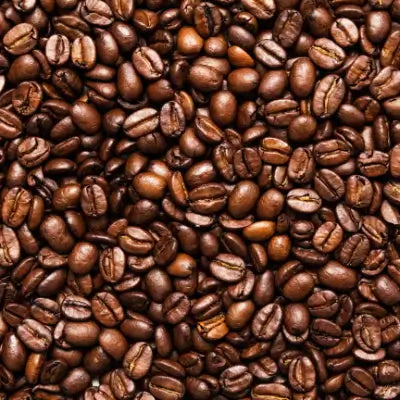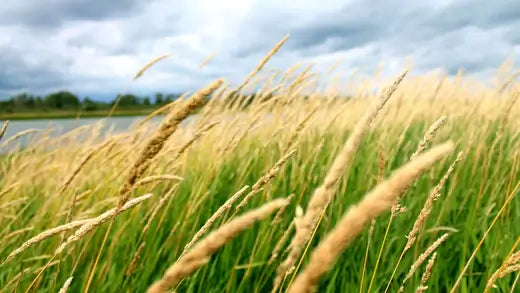Best Shade Perennials
Perennials are extremely popular for gardeners because they are low-maintenance, long-lasting, and add color and interest to any yard. When selecting shade perennials, you have a variety of aspects to consider, including the amount of sunshine your garden gets, soil type, and your personal preferences. This article will discuss selecting the most suitable plants for shade in your yard. Stay tuned!
Examine the light conditions in your garden.
Before deciding on shade perennials, consider the amount of sunlight the garden receives. Shade-loving plants generally require at least four hours of filtered or dappled light daily, whereas full-shade plants need under two hours of direct sun. Partially shaded plants can withstand up to six hours of sunshine per day.
Once you've established the lighting conditions of your garden, you'll be able to choose shade perennials best suited to those conditions. For instance, if the garden gets only some hours of direct sunshine each day, consider shade perennials like hostas, ferns, or coral bells that thrive in partial and complete shade. Blue Vervain thrives in shade and sun.
Consider soil conditions
Another aspect to consider when choosing shade perennials is the soil type—the majority of shade-loving plants like well-drained, moist soil with moderately acidic pH. But certain perennials are tolerant of a variety of soil types.
It includes sandy or clay soil. You can amend your soil using organic matter like leaf mold or compost to ensure your plants are healthy and thrive. It will help improve drainage and provide nutrients to your ground, making your perennials robust and healthy.
Research the size of plants and their growth patterns.
Before purchasing shade perennials, be sure to study their potential dimensions and their growth patterns. Certain perennials, like hostas and ferns, can grow very large; others, like lungwort and tiarella, are smaller.
It's also worth considering which plant it is, a spreading or clumping kind. Clumping perennials form incredibly compact, tight clump spreaders with runners that spread and can quickly cover an entire area. If you consider the expected size and growth patterns of your shade perennials, you can be sure they will fit well within your garden and not get overgrown or overcrowded.
Take note of the seasons that affect your plants.
In addition, when choosing shade perennials, you must consider their blooming time. Certain perennials, like bleeding hearts or astilbes, bloom in the early spring; others, like hostas and ferns, do not bloom at all. If you select a range of varieties of annuals that bloom during different seasons, You can be sure that your garden will be full of type and color throughout the season.
When selecting the most suitable shades for your garden, you must consider the light and soil conditions, the texture, color, and size of the plants, their growth patterns, and their flowering season if you follow these guidelines. Following these guidelines, you can create an attractive, vibrant shade garden that will delight you for many years. Brown Eyed Susan lives for many years.
Here is a list of perennials suitable for your garden:
Virginia Bluebells
Virginia Bluebell is a beautiful, durable, and long-lived plant. It can withstand heat, drought, and frost. It is easy to cultivate and maintain an attractive plant that can add gorgeous color to a landscape, natural space, cottage garden, or any other place you wish to put it to work.
Mertensia Virginica is one of the beautiful spring-blooming wildflowers with stunning flowers and foliage. The leaves are oval-shaped rosettes as high as eight inches long. Blue-violet bell-shaped flowers are arranged in clusters and bloom during the latter part of spring or the beginning of summer.
The blooms are distinctive in their "tongue-like" design, which creates a unique appearance for the flowers. The leaves are bright, fresh green, and have a hairy texture. Virginia Bluebell is a stunning feature in any garden. Its flowers and foliage are guaranteed to bring an elegant color and texture accent.
Yellow Tulip
From bright cherry yellows to subtle pastel shades, these flowers add sparkle to any landscape. With the variety of varieties available, it is often difficult for gardeners to determine what kind of yellow tulip and lavender suit their needs.
Luckily, commercial bulb vendors have simplified it by categorizing their bulbs into different categories based on their specific characteristics and functions. They were initially found in Central Asia, brought to Europe in the 16th century, and became an iconic garden flower.
Of the wide varieties of tulips, yellow is among the most popular. Because of their vibrant hue, they add happiness and joy to any yard. There are a variety of colors readily available for these gorgeous flowers, ranging from deep yellow to light lemon hues. They are not only beautiful cut flowers, but they also look lovely in pots or beds.
Tiger Lily
The vibrant shades of the summer's perennial flowers, which bloom everywhere, delight the eye. Each season, it's easy to be amazed at the colors the summer flowers returns. When you drive by the driveway, a pop of color from your summer perennials can brighten your garden. The vibrant red flowers can bring an element of excitement to your garden.
The colors of flowers vary from a vibrant orange red to a deep, dark burgundy to even bright red. Begonias feature colorful red flowers similar to the Daylily.
One flower with a deep red wine hue can be the Echinacea. Coreopsis Oxeye Daisy Plant, Geranium, Hollyhock, Monarda, Poppy Astilbe Perennial Tiger Lilies, and Sedum are among the other flowers that have red flowers. Include white or yellow flowers in between darker colors to add color and variety to your yard. Alternating the colors can aid in brightening and highlighting the darker shades you've selected.
Blackberry Lily
This Blackberry Lilly is an easy-care perennial and an excellent option for any indoor or garden. The distinctive flowers with freckles of red and orange thrive in full sun and flourish with a small quantity of water. The seed pods are a fantastic assortment of blackberries that create clusters. The fall and summer blooming flowers measure around 2 inches in size. The long and fan-shaped leaves can extend from 1 to 8 feet.
Even though the plants have a shorter lifespan, they self-sow to allow for rapid replacement. Even in ideal conditions, flowers bloom in the second year. The most appealing thing about Blackberry Lilly is that it can grow and thrive in even the most challenging soils. Decorators and gardeners are amazed by this flower due to its potential to decorate.
They cut and dry fast and make beautiful arrangements for fall. Bring curb appeal to your house when you mix the lilies, Blanket flowers, and Globe thistle. They are prolific and can be found nearly everywhere. It is easy to propagate them, and tubers and mature plants are very successful. Most of the time, you can plant them directly in the dirt.
Add a few drops of water, and you'll view plants in 4 to 6 weeks. In the winter, they require minimal amounts of water. Avoid overwatering, as the roots can quickly turn brown. The growers must also stay clear of freezing at all costs. The absolute minimum temperature to start a plant Blackberry Lilies is 70 degrees.
Orange Daylily
Hemerocallis Fulva is a perennial herbaceous perennial that is native to Asia. Despite its roots, it's an American gardener's favorite due to its beautiful orange flowers and is well-adapted to our ever-changing conditions. The orange Daylily is a long-lasting and strap-like leaf extending to twenty" in length. They also are textured like grass. The flowers are true orange with five petals and a long, pointed orange vase with a brown central.
The gorgeous flowering plants bloom between midsummer and autumn and smell very sweet. The smell of orange Daylily is distinctive and charming. It is a floral scent that has an underlying spice. Its scent is a blend of honeysuckle, jasmine, and a touch of citrus. It's a pleasant smell that will remain throughout the day for an extended period after being brushed or cut against. The vibrant orange blooms and sweet floral scent in the tubular form will draw Hummingbirds to eat nectar. In addition, bees, butterflies, and even birds are in your garden.
The plant is simple to grow and performs well in various soil types as the soil is moist but not too dry or wet. It's also highly intolerant to heat and cold and can thrive in subfreezing and sub-tropical cultivation areas. This cold hardiness makes the Daylily orange the perfect choice for gardeners in northern climates seeking an attractive, durable, easy-to-care-for plant.

